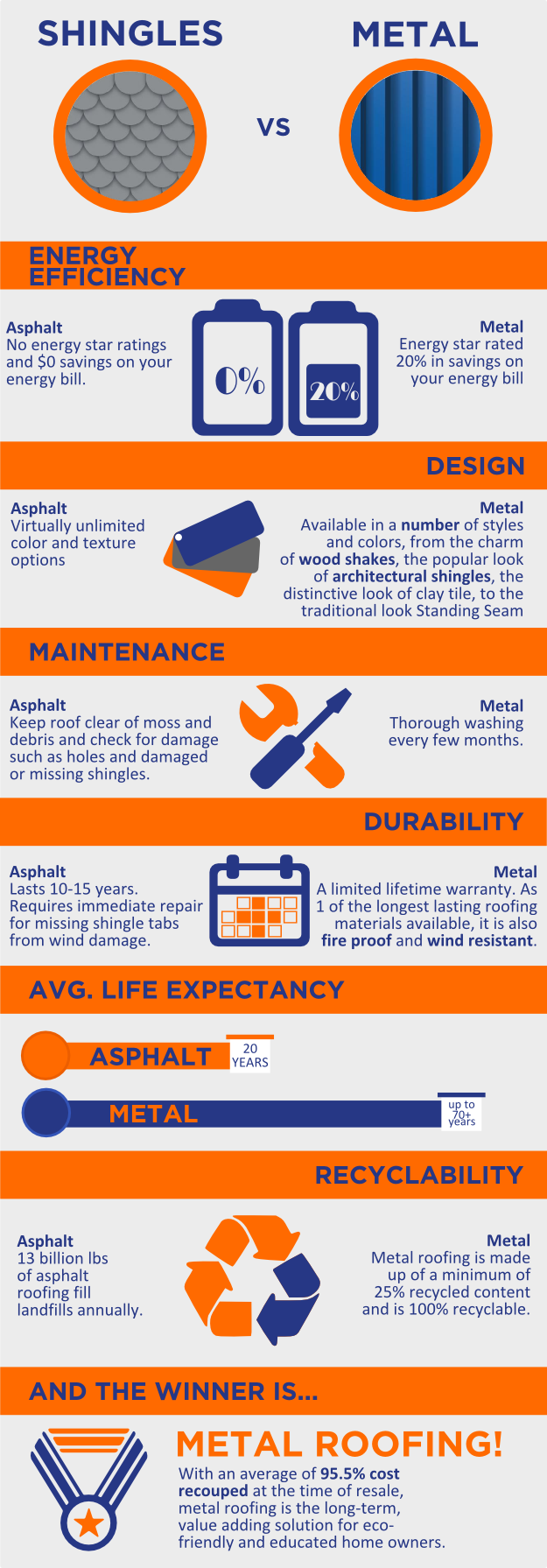An Introduction To The Essentials Of Solar Power Solutions And Their Functionality
An Introduction To The Essentials Of Solar Power Solutions And Their Functionality
Blog Article
Personnel Author-Kofod Fink
So, you've become aware of photovoltaic panels and their prospective to produce power from sunlight, yet exactly how precisely do they function? Recognizing the detailed technology behind photovoltaic panels can be a remarkable trip right into the world of renewable energy. From the fundamental concepts of solar batteries to the intricate elements that comprise a photovoltaic panel system, there's an entire world of knowledge waiting to be discovered. Allow's unravel the secrets of photovoltaic panel innovation with each other.
Solar Panel Innovation Principles
To genuinely understand the essence of solar panel technology, you should look into the fundamental concepts that underpin its capability. Solar panels include solar batteries, typically made from silicon, which have the exceptional capability to transform sunshine into power through the photovoltaic effect. When sunshine hits the cells, the photons in the light interact with the silicon atoms, creating the electrons to damage devoid of their atomic bonds. This develops an electric current that can after that be used for powering various devices.
The vital element of solar panels is the semiconductors within the solar batteries, which promote the conversion of sunshine right into useful electrical energy. These semiconductors have both positive and adverse layers, producing an electric area that allows for the flow of electrons.
This circulation of electrons, when connected in a circuit, creates straight existing (DC) electricity. Recognizing these fundamental concepts is crucial for appreciating exactly how photovoltaic panels can harness the sun's power to power homes, services, and even satellites precede.
How Solar Panels Generate Electrical Energy
Solar panels harness the sunlight's energy by converting sunshine right into power via a process known as the solar effect. When sunlight hits the solar panels, the photons (light bits) are taken in by the semiconducting materials within the panels, generally made from silicon. This absorption creates an electrical current as the photons knock electrons loose from the atoms within the material.
The electrical areas within the solar cells after that require these electrons to stream in a specific instructions, developing a straight current (DC) of electrical energy. This direct current is after that gone through an inverter, which transforms it into rotating existing (AC) electrical power that can be used to power your home or company.
Excess electrical power produced by the solar panels can be stored in batteries for later use or fed back right into the grid for credit history via a process called internet metering. Recognizing how photovoltaic panels create power is crucial to valuing the environmental and cost-saving advantages of solar energy systems.
Comprehending Photovoltaic Panel Components
One essential aspect of photovoltaic panel modern technology is recognizing the different parts that comprise a solar panel system.
The essential components of a solar panel system include the solar panels themselves, which are made up of solar batteries that transform sunshine into electrical power. These panels are placed on a framework, commonly a roof, to catch sunlight.
In addition to the panels, there are inverters that convert the direct current (DC) electricity produced by the panels right into alternating existing (AIR CONDITIONER) power that can be utilized in homes or organizations.
The system also includes racking to sustain and place the solar panels for ideal sunlight exposure. Furthermore, https://solar-inverter-for-home98642.blog-gold.com/38613766/discover-the-detailed-procedure-of-photovoltaic-panel-setup-leading-the-way-for-a-cleaner-greener-power-future-that-s-simply-nearby and connectors are essential for moving the electrical energy produced by the panels to the electric system of a building.
Lastly, a monitoring system may be included to track the efficiency of the solar panel system and guarantee it's functioning effectively. Comprehending these components is essential for anybody wanting to install or use solar panel technology successfully.
Conclusion
Now that you recognize the fundamentals of solar panel technology and how it functions, you can appreciate the power of harnessing sunlight to produce tidy and renewable energy for your building. By using the photovoltaic or pv result and elements like inverters and checking systems, you can add to an extra sustainable future while additionally possibly saving money on energy costs. Keep knowing and exploring residential ground solar panels of solar energy for a greener tomorrow.
